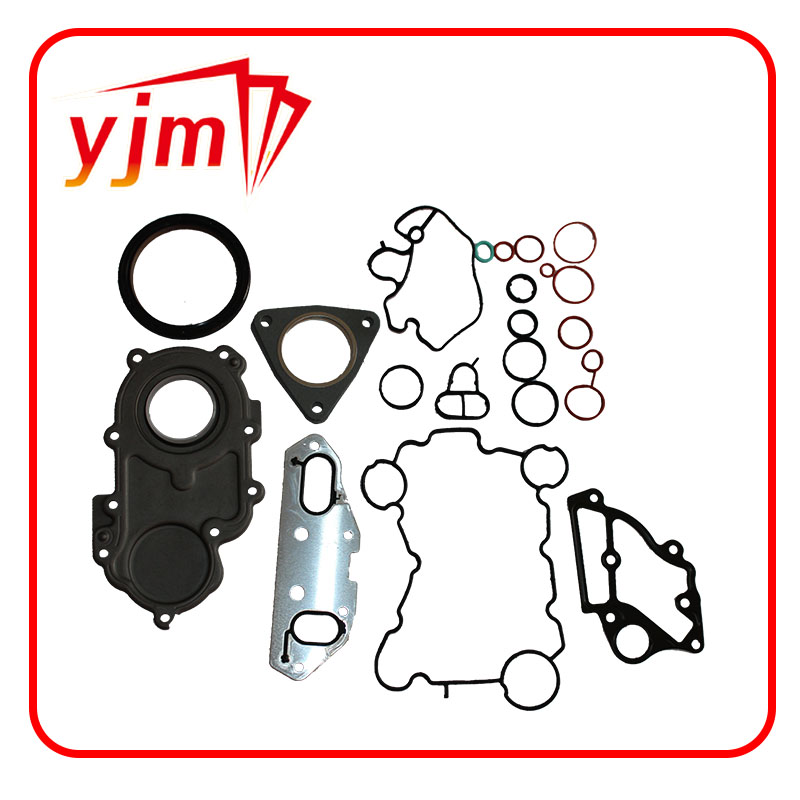shock absorber oil seal
The Importance of Shock Absorber Oil Seals in Vehicle Performance
Shock absorbers are essential components of any vehicle's suspension system. They play a crucial role in ensuring a smooth ride by absorbing the shocks from the road and maintaining tire contact with the ground. However, for shock absorbers to function effectively, they require the presence of oil seals. Oil seals, commonly referred to as seals, serve as protective barriers that prevent leaks and contamination of the hydraulic fluid utilized in shock absorbers. In this article, we will explore the key functions of shock absorber oil seals and their significance in vehicle performance.
Understanding Oil Seals
Oil seals are specially designed components that prevent the leakage of lubricants and fluids. In the context of shock absorbers, these seals are situated at the piston and rod interfaces. The primary purpose of the oil seal is to contain the hydraulic fluid within the shock absorber and to ensure that the pressurized fluid does not escape. This is vital for maintaining the shock absorber's performance, as any loss of fluid can lead to a decrease in damping effectiveness and ultimately affect the vehicle's handling and stability.
Functions of Shock Absorber Oil Seals
1. Leak Prevention The most obvious function of oil seals is to prevent the hydraulic fluid from leaking out of the shock absorber. Any leakage can compromise the shock absorber's ability to dampen shocks effectively, leading to a harsher ride and potential mechanical failure.
2. Contamination Protection Besides preventing fluid loss, oil seals also protect the internal components of the shock absorber from external contaminants such as dirt, dust, and moisture. These contaminants can degrade the oil quality and lead to accelerated wear and tear of the internal components, reducing the overall lifespan of the shock absorber.
shock absorber oil seal

3. Pressure Maintenance Shock absorbers operate under high-pressure conditions, and oil seals help maintain this pressure. By sealing the internal fluid, they ensure optimal performance during various driving conditions, allowing the shock absorber to perform its function effectively.
4. Vibration Damping The oil seal also contributes to vibration damping by minimizing the bouncing and oscillations that occur during driving. This helps improve ride quality and ensures passenger comfort.
The Impact of Worn or Damaged Oil Seals
When the oil seals become worn or damaged, they can lead to a variety of issues. One of the first symptoms of failing oil seals is a visible oil leak, which can often be spotted on the shock absorber itself or on the ground beneath the vehicle. This not only reduces the effectiveness of the shock absorber but can also pose a safety risk if the driver is unaware of the issue.
In addition to oil loss, compromised seals may allow contaminants to enter the shock absorber, leading to internal damage and potentially resulting in complete shock absorber failure. In such cases, replacing the oil seals is often more cost-effective than replacing the entire shock absorber assembly.
Conclusion
In summary, shock absorber oil seals play a vital role in the overall performance and safety of a vehicle. They prevent fluid leaks, protect against contamination, maintain pressure, and contribute to ride comfort. Regular inspections and maintenance of these seals are essential to ensure the longevity and effectiveness of shock absorbers. Vehicle owners should be vigilant for signs of oil seal failure, such as oil leaks or a decline in ride quality, and address any issues promptly. By doing so, they can ensure that their vehicles remain safe, comfortable, and perform at their best. Understanding the critical function of oil seals can help drivers appreciate the complex engineering involved in modern vehicles and encourage proactive maintenance to prolong the life of their shock absorbers.
-
Simplifying Oil Changes: A Comprehensive Guide to Oil Drain Plugs and Their Variants
News Aug.04,2025
-
Mastering Oil Drain Maintenance: Solutions for Stripped, Worn, and Upgraded Oil Plugs
News Aug.04,2025
-
Fixing Oil Pan Plug Issues: Leaks, Stripped Nuts, and the Right Replacement Solutions
News Aug.04,2025
-
Everything You Need to Know About Oil Drain Plugs: Sizes, Fixes, and Upgrades
News Aug.04,2025
-
Choosing the Right Oil Drain Plug: A Guide to Sizes, Materials, and Drain Innovations
News Aug.04,2025
-
A Complete Guide to Automotive Drain Plugs: Types, Problems, and Innovative Solutions
News Aug.04,2025
-
The Ultimate Guide to Car Repair Kits: Tools and Essentials Every Driver Should Own
News Aug.01,2025
Products categories















